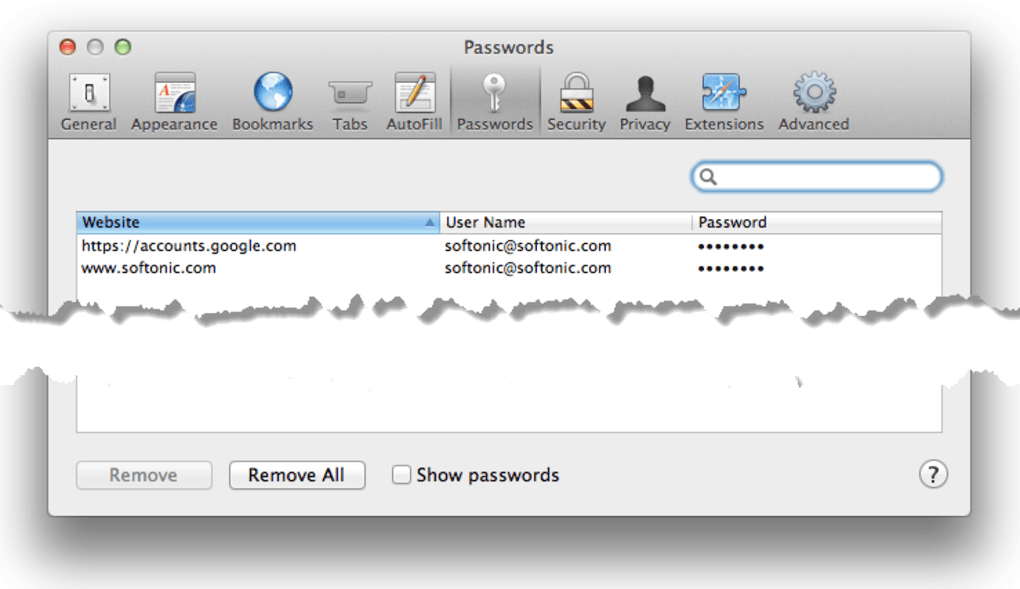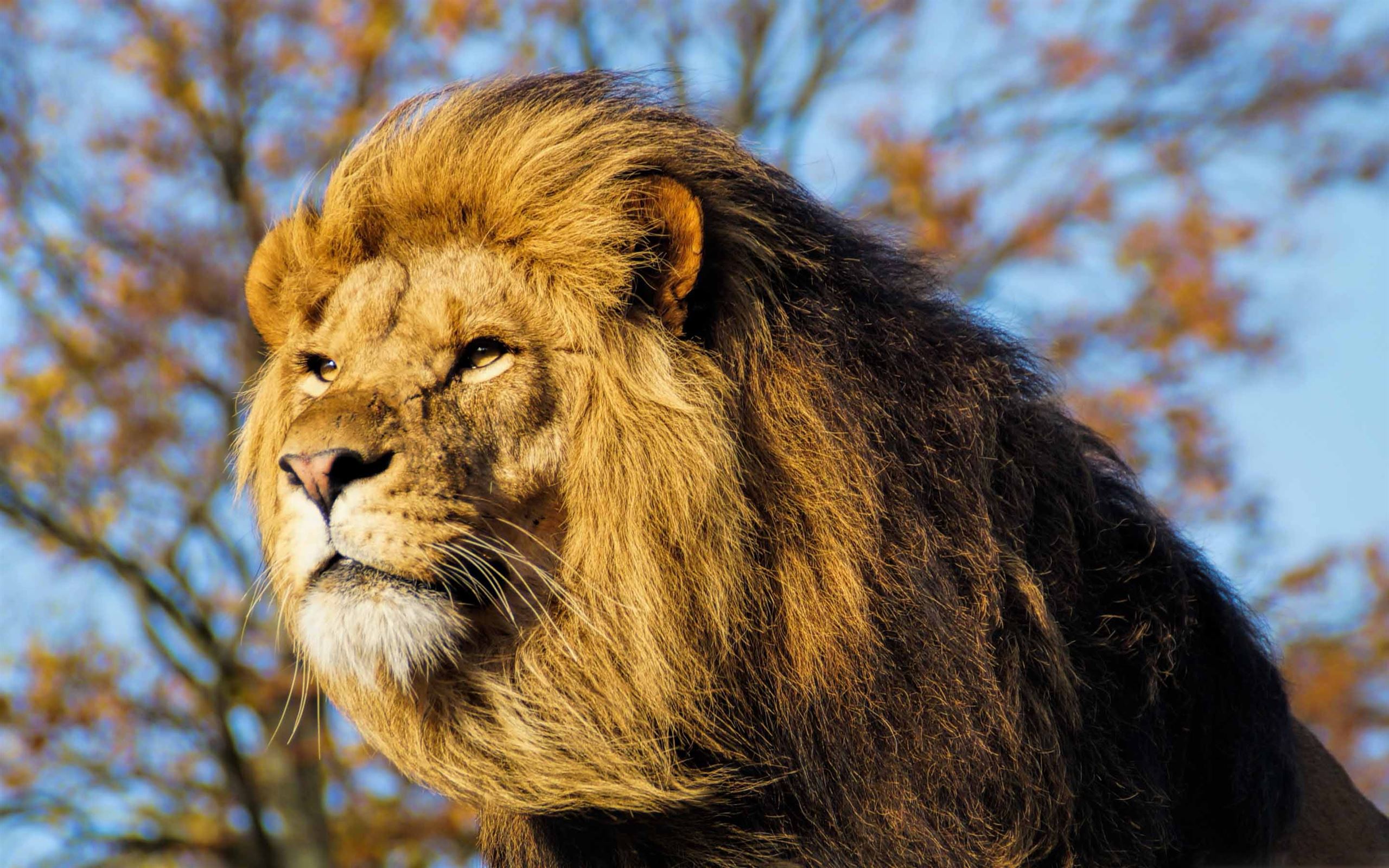

OS X 10.5 included Stacks, a grouping feature that displays files in a "fan" or "grid" style in folders on the Dock an updated Finder that incorporates the Cover Flow visual navigation interface first seen in iTunes, iPhone and iPod touch Quick Look, which allows a "preview" of items by hitting the space bar Spaces, a way to group application windows on more than one virtual desktop Time Machine, an automatic backup utility that allows users to restore deleted files and Boot Camp, Apple's software client to run Microsoft Windows natively on a Mac. Click on Continue, select the destination drive, and install.Apple introduced OS X Leopard at WWDC 2006, and it became a redefining moment for its software, since it was noted to be the "largest update of OS X." It featured a modernized look with a three-dimensional, reflective Dock, a semitransparent menu bar, larger drop shadows for active windows and new high-resolution icons. Select the orange “Mac OS X” option and you will boot into the OS X Mountain Lion installer, from here installation is the same as normal. When finished, reboot the Mac and hold down the Option key to bring up the boot menu: Confirm that the USB drive will lose it’s data and enter the Admin password when askedĭisk Utility will now create a bootable OS X Mountain Lion installer drive out of USB drive using the disk image, this can take a little while depending on how fast the drive and Mac are but 20-30 minutes isn’t unusual.Drag the formatted partition to the “Destination” section, then click on “Restore”.Drag the previously mounted “Mac OS X Install ESD” image into the “Source” section.Now select the formatted USB drive from the left side and click on the “Restore” tab.


Download OS X Mountain Lion and Extract the DMG File

If you already have the Mac OS X Mountain Lion install DMG extracted, skip this first set of steps and jump directly to making the bootable drive below. We’ll walk through the process here, but don’t forget to check OS X 10.8 system requirements for the destination Mac before beginning. By creating a bootable install drive, you can perform clean OS X 10.8 installs, install it on separate partitions, and install OS X Mountain Lion on Macs that don’t have internet connections.


 0 kommentar(er)
0 kommentar(er)
